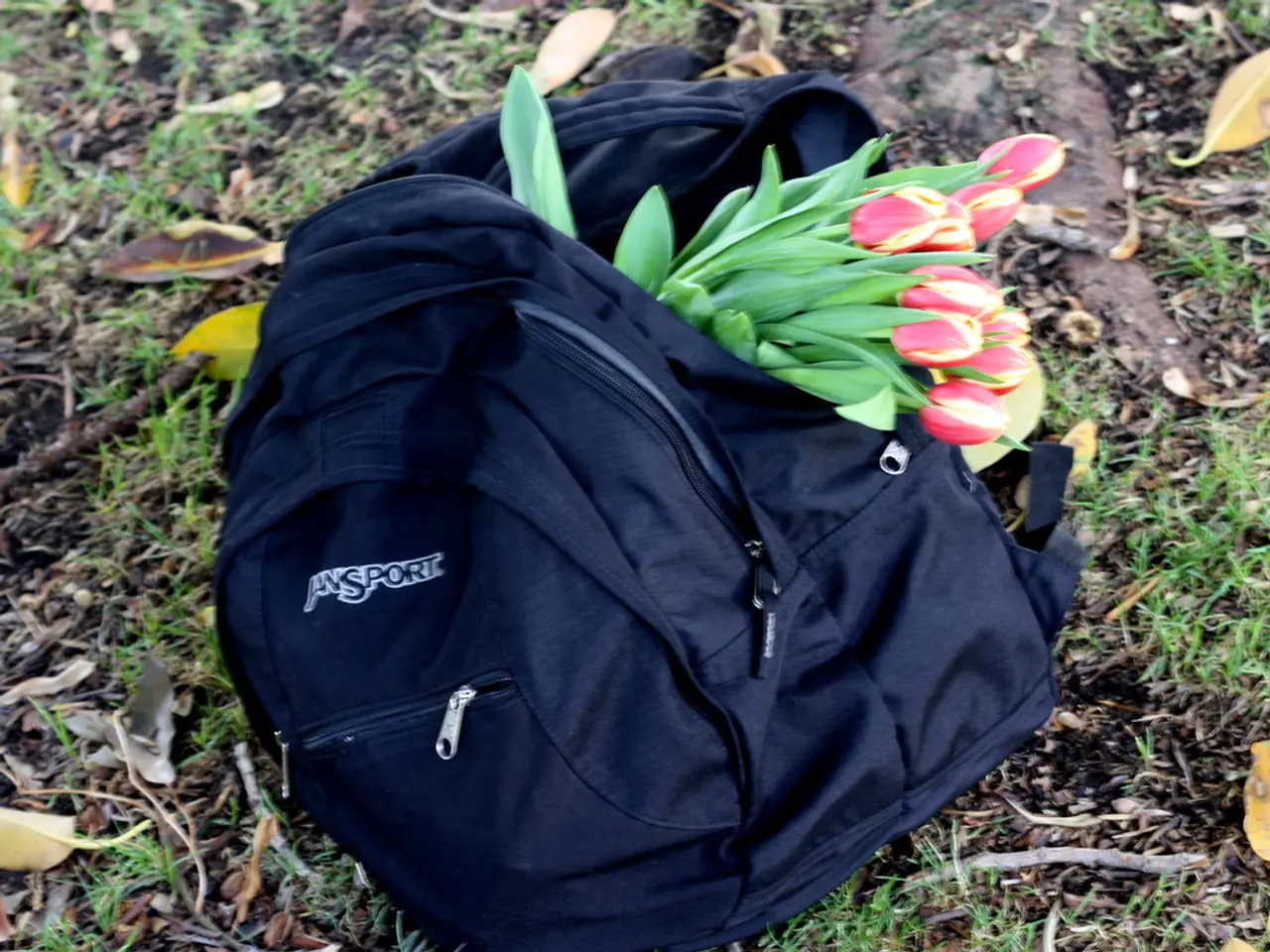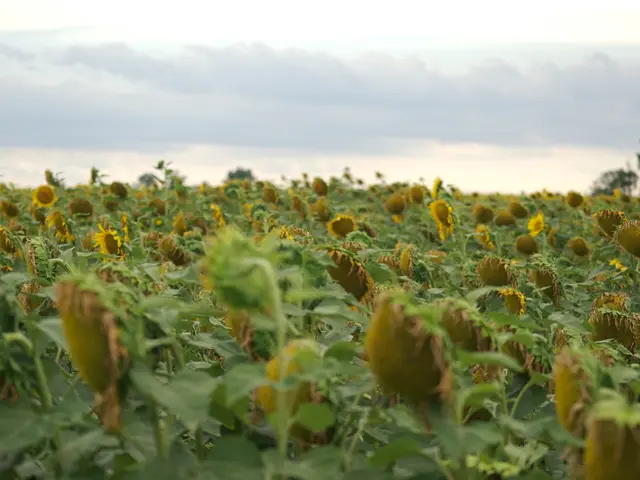Guideline for Moving Land Plants to Aeroponic Cultivation: Detailed Instructions
In the world of hydroponics, aeroponics stands out as a modern, high-tech method of growing plants without soil. However, for those who wish to transition their aeroponic plants to a soil-based environment, here's a step-by-step guide to help them adapt successfully.
Firstly, it's essential to choose a high-quality potting mix designed for good drainage and aeration, with added compost for improved moisture retention and perlite for enhanced aeration. This mix will provide the ideal conditions for the roots to adjust and grow.
Fill the chosen pot, leaving a hole in the middle for the plant, with the potting mix. Gently firm the soil around the plant to eliminate large air pockets. Remember to handle the plants with care, especially when removing them from the aeroponics setup. Slowly loosen them from their growing medium, and take time to untangle any roots.
Rinse the roots under lukewarm water to remove residual growing medium. Position the plant at the same depth it was growing in the aeroponics system. Immediately after planting, thoroughly water the plant, fully saturating the soil without waterlogging it.
For the first few days, place the plants in a location with bright, indirect sunlight. Gradually increase sunlight exposure over a week. This gradual acclimatization allows the plant to adjust to its new environment without shock.
Trimming the roots slightly can help remove damaged or overly long roots and encourage healthy new root growth in soil. Gently move the roots, placing them in moist soil or a soil-like medium to promote initial establishment.
Since aeroponic roots are used to constant moisture and nutrient mist, initially keep the soil moist but not waterlogged, gradually reducing frequency to encourage roots to adapt to soil conditions. Hold off on fertilizing for a few weeks, then introduce a diluted, balanced fertilizer after a few weeks.
Monitor soil moisture daily, watering when the top inch feels slightly dry to the touch. Avoid overwatering, as this can be detrimental to roots that are still adjusting to their new environment. Choose a pot slightly larger than the plant's root ball, ensuring it has drainage holes.
For tall or top-heavy plants, provide support with a bamboo stake or tomato cage. After a few weeks, introduce a diluted, balanced fertilizer to provide the necessary nutrients for the plant's growth.
This approach helps aeroponic plants adapt successfully to soil environments without stress or shock. With patience and careful attention, your aeroponic plants can thrive in a soil-based environment.
Continue your aeroponic lifestyle at home with vegetable gardening, transitioning now from the high-tech system to a home-and-garden setting. Your new hobby in soil-based gardening will enrich not only your plants' lives but also your personal lifestyle.





